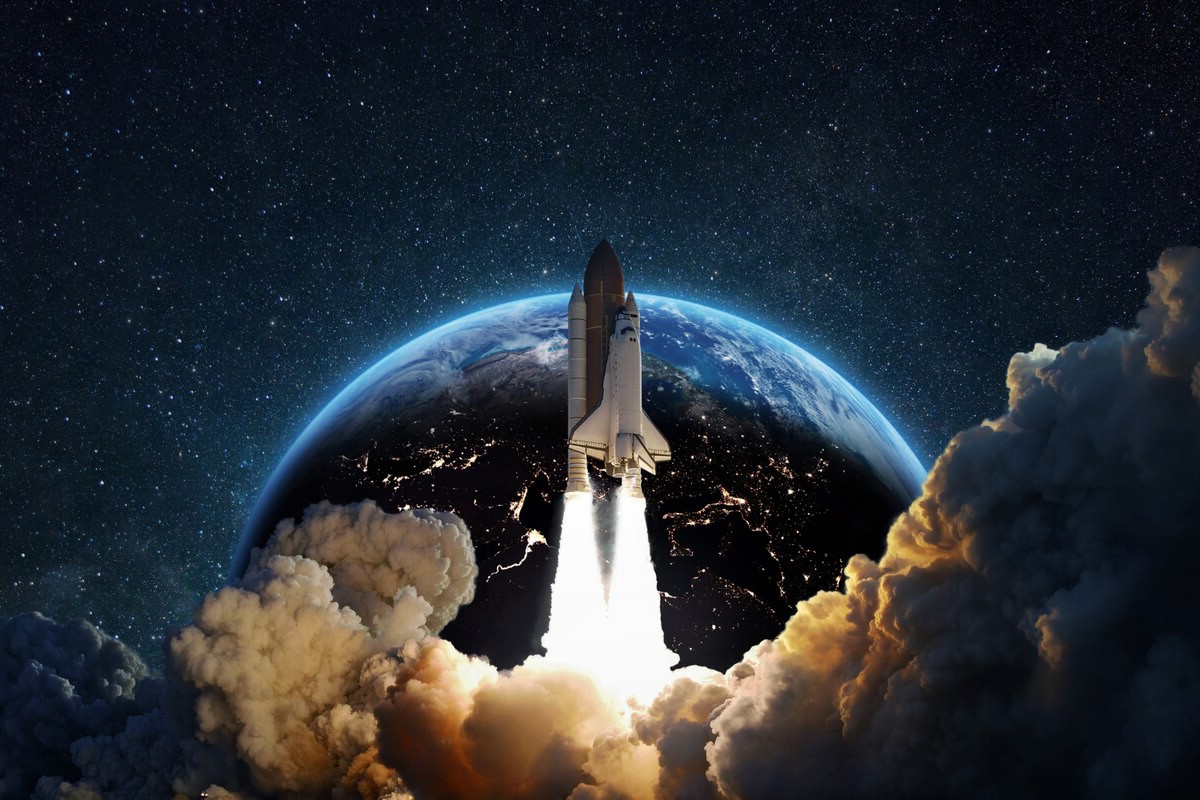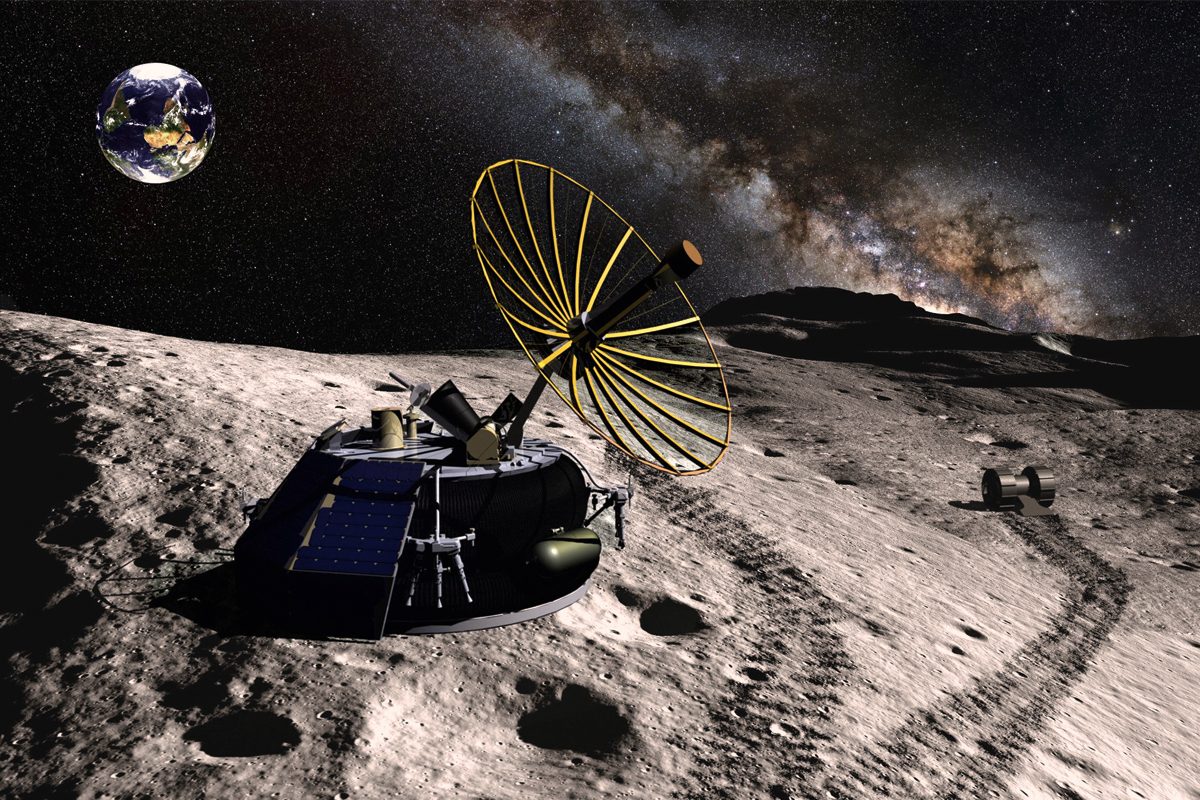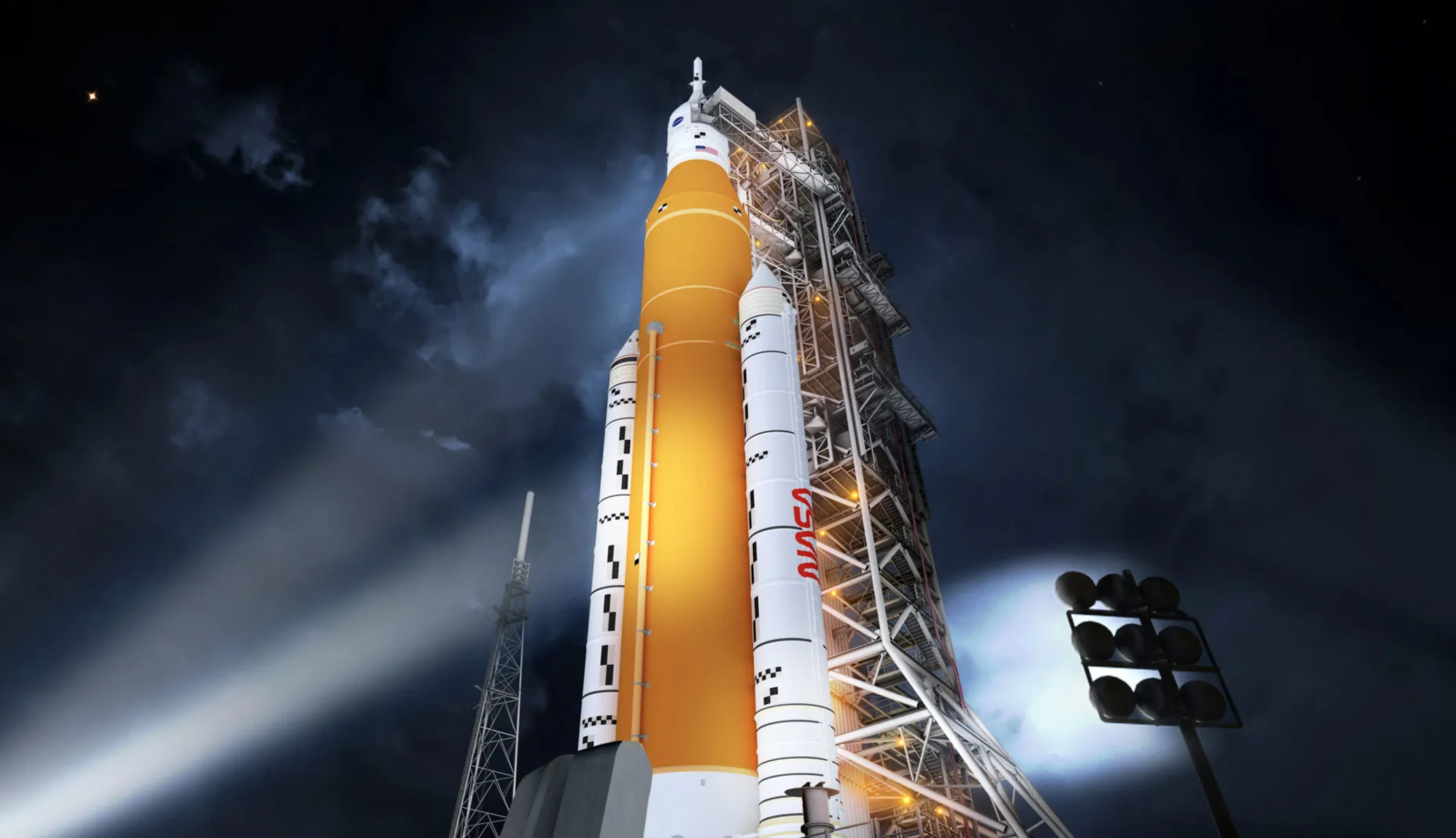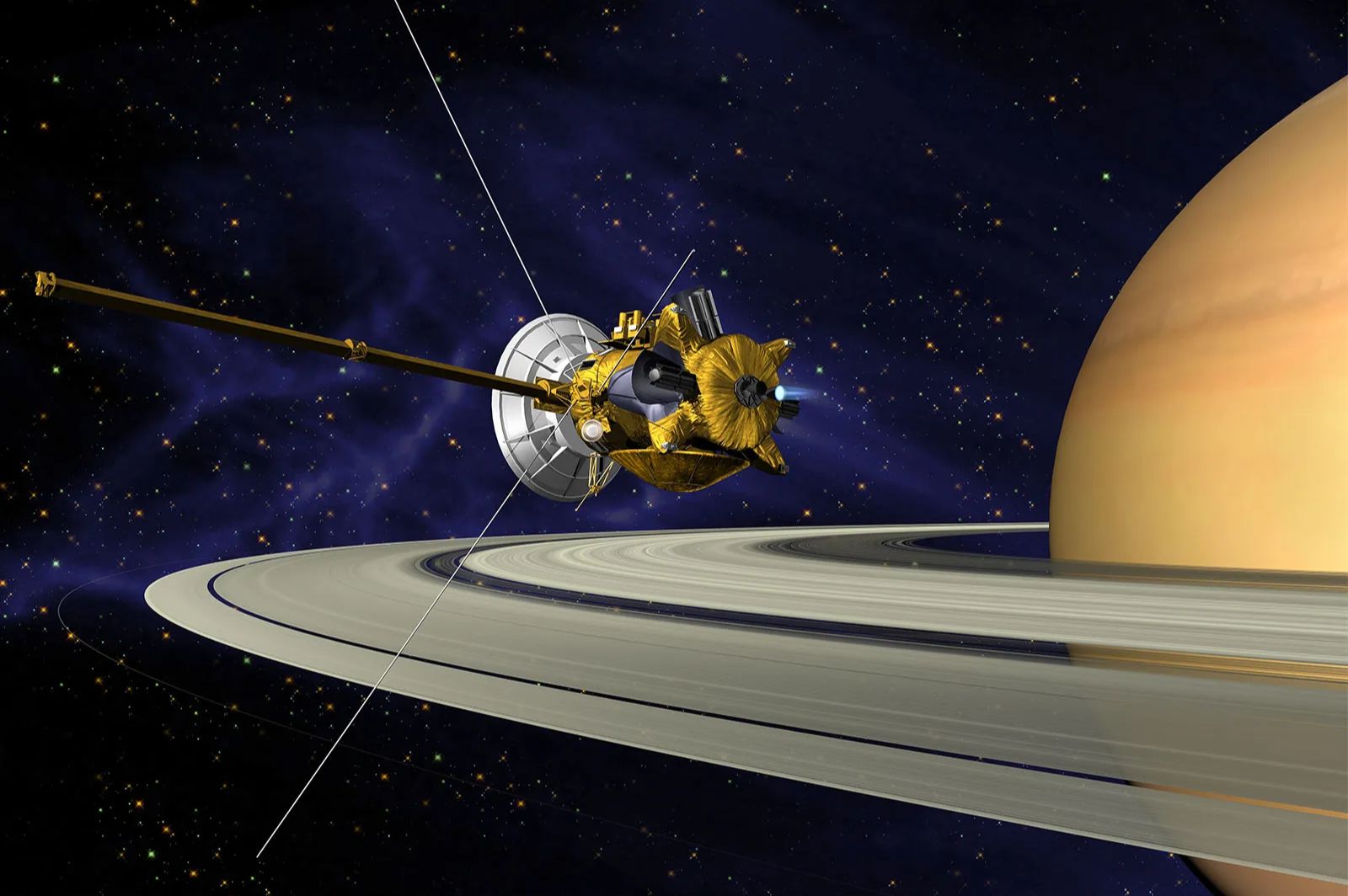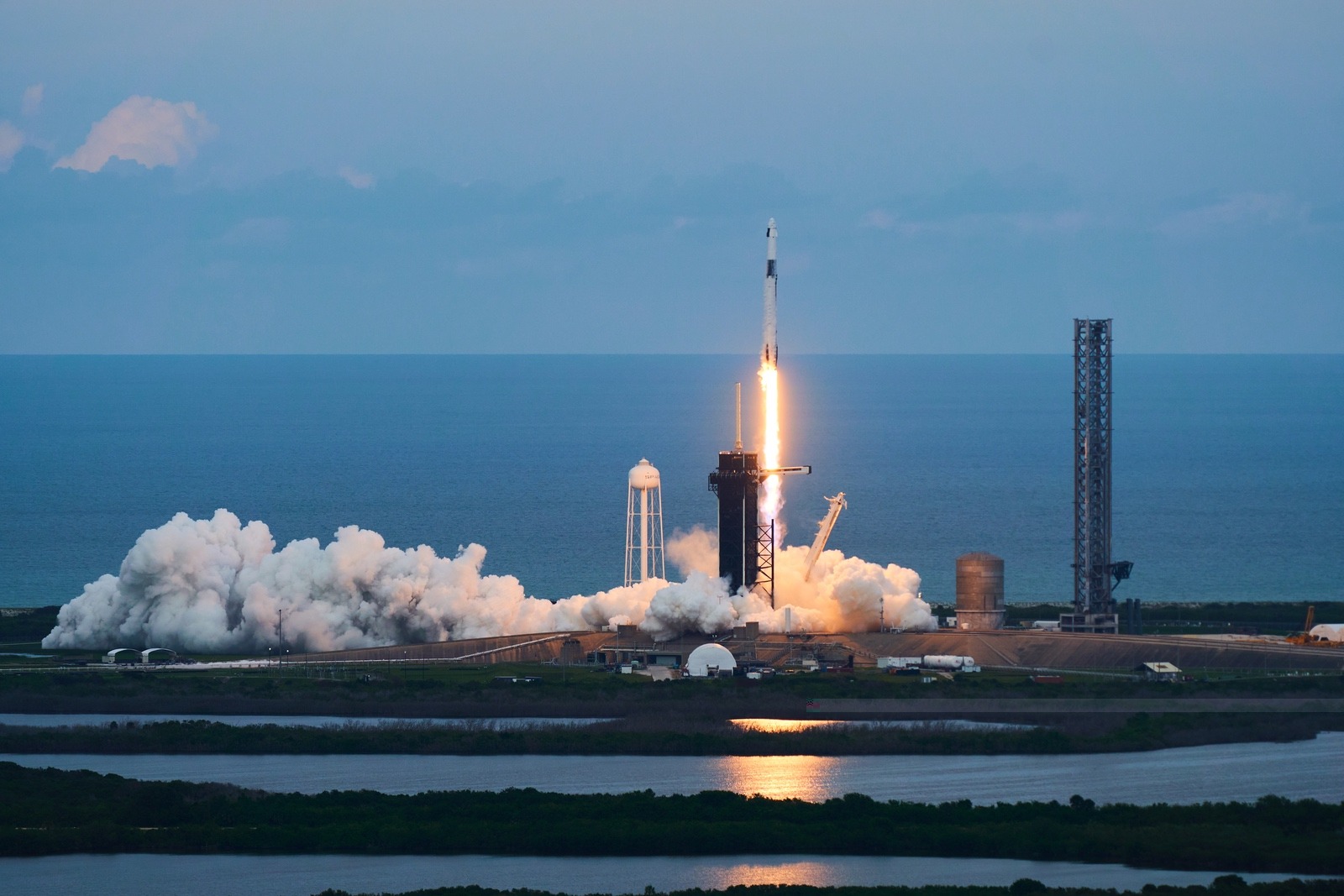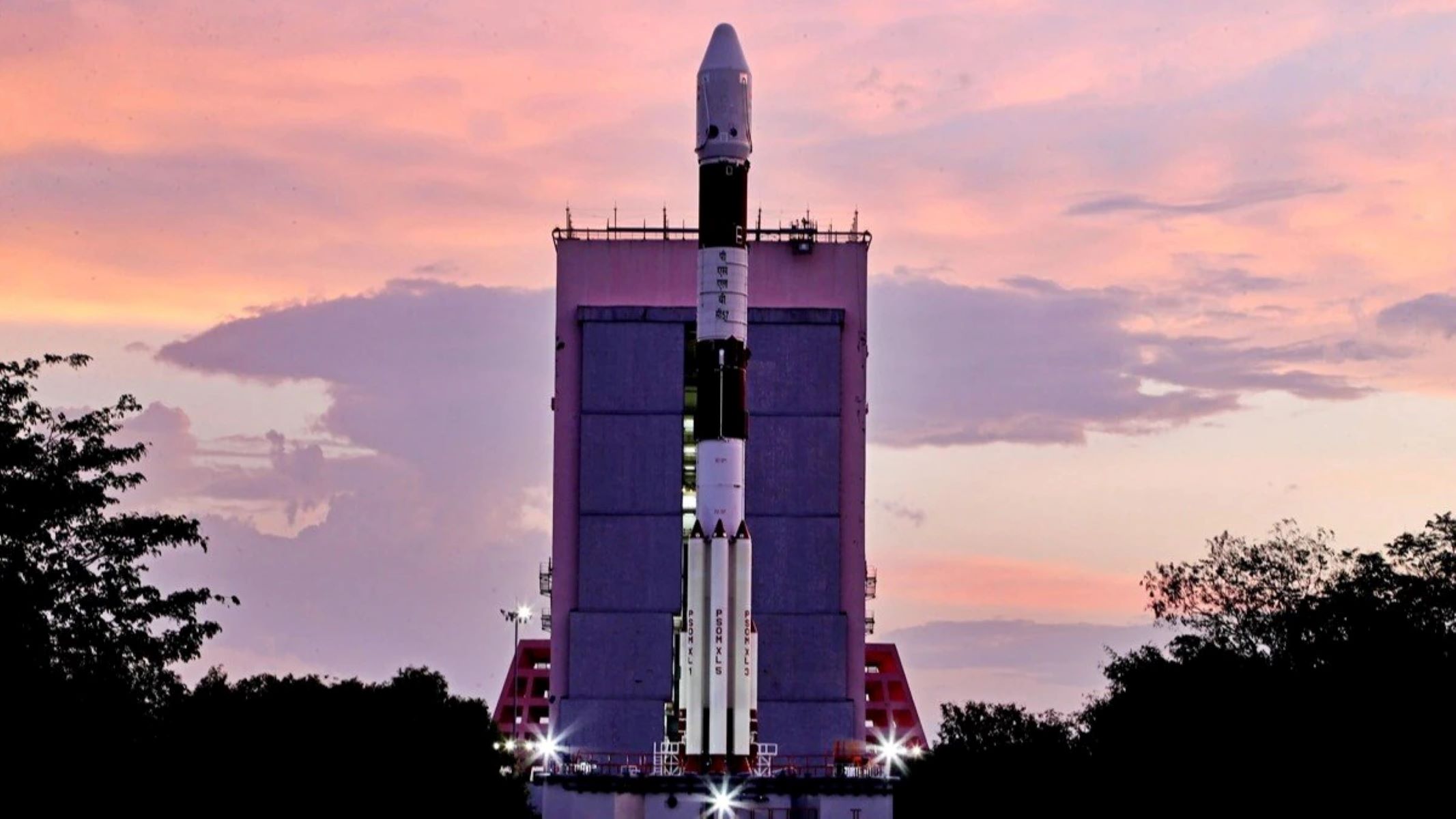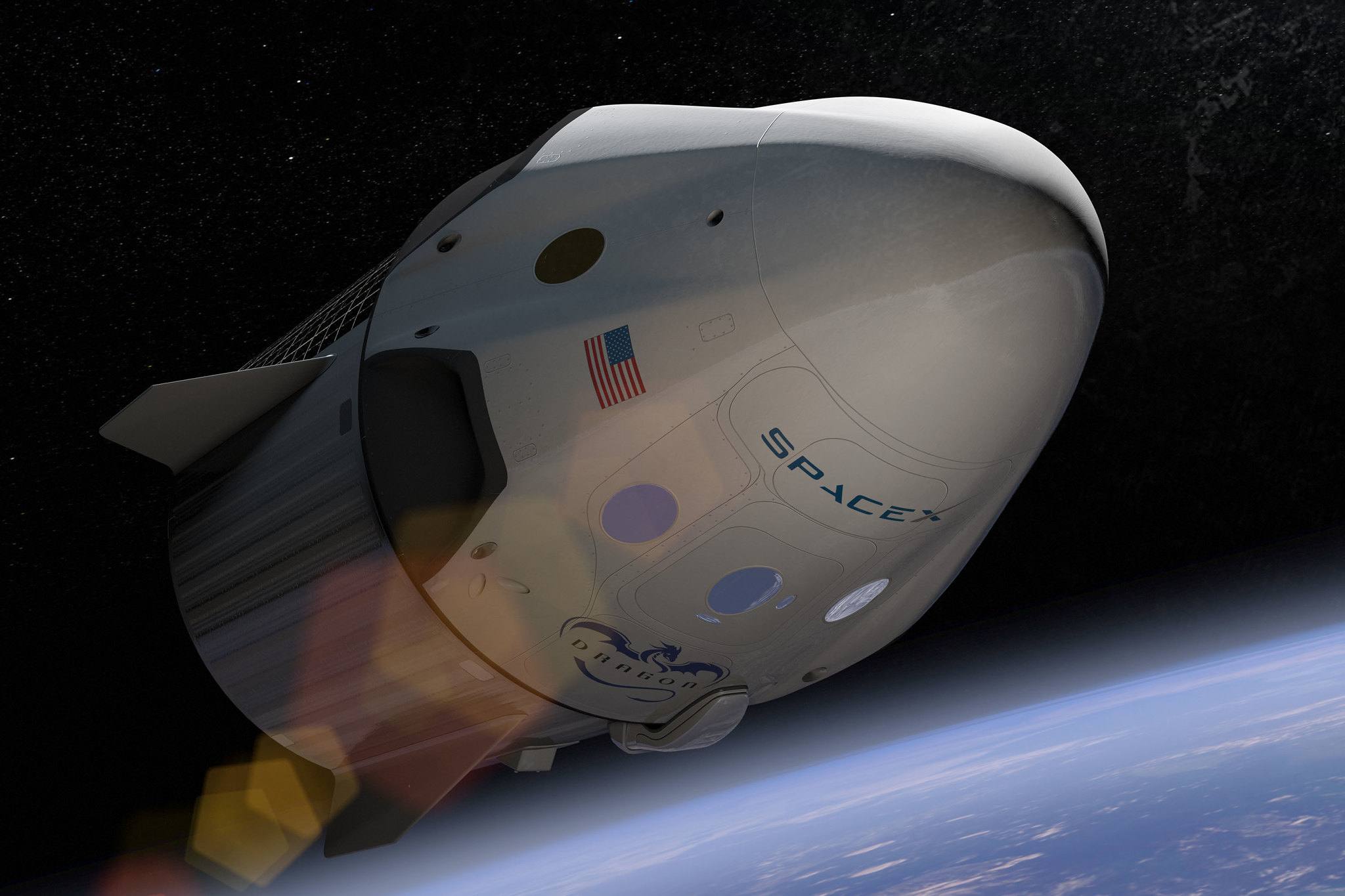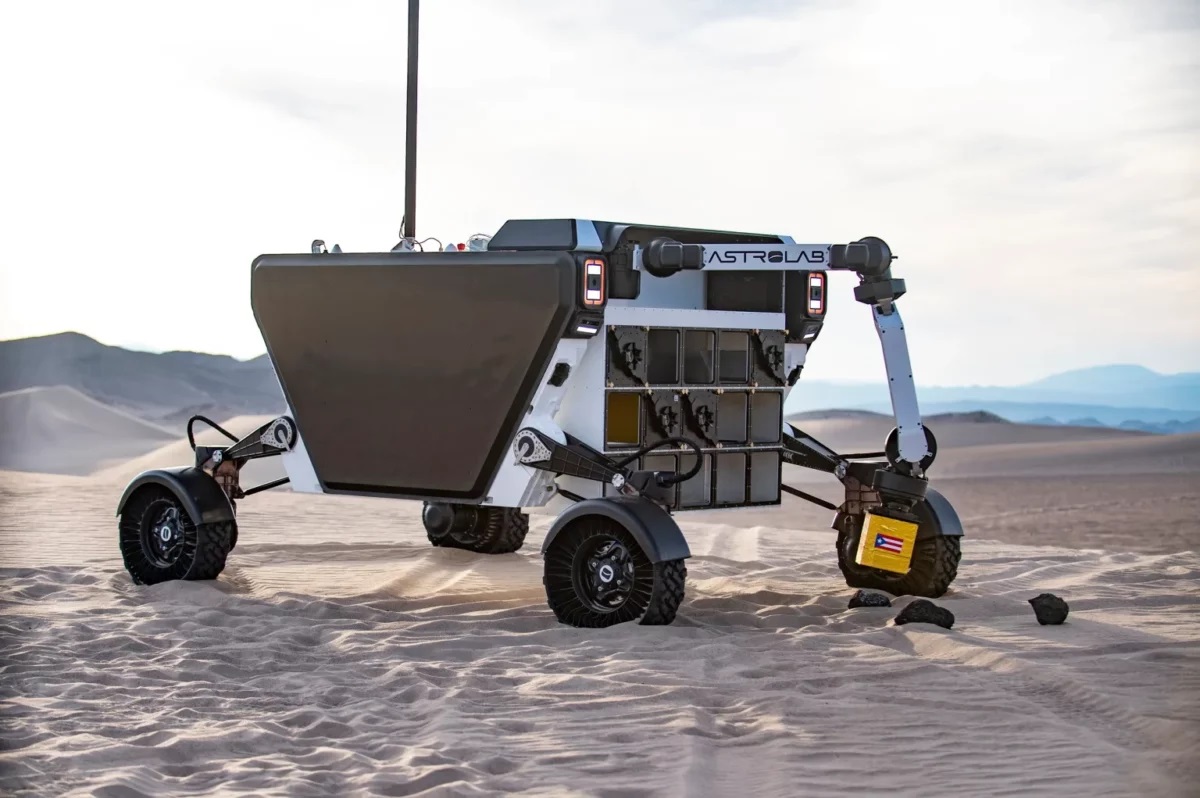India is embarking on an ambitious mission to send its first astronaut to the moon by 2040, following the successful landing of its lunar probe Chandrayaan-3. Prime Minister Narendra Modi has directed the country’s space department to establish its own space station called “Bhartiya Antariksha Station” by 2035, with the goal of landing an Indian astronaut on the moon five years later. This marks a significant step forward for India’s space exploration capabilities.
Key Takeaway
India has set its sights on sending its first astronaut to the moon by 2040. Prime Minister Modi has directed the country’s space department to establish its own space station by 2035 and launch an Indian astronaut to the moon by 2040. This announcement reaffirms India’s commitment to space exploration and innovation, while also fostering collaboration with private companies and international partners.
Setting its Sights on the Moon
Initially, India had plans to launch its own space station by 2022, to be operated by the Indian Space Research Organisation (ISRO). However, technical issues and the impact of the COVID-19 pandemic caused delays to the country’s human spaceflight project, known as “Gaganyaan.” Now, with the successful landing of the Chandrayaan-3 lunar probe, India is refocusing its efforts on the moon. The space department will develop a roadmap for moon exploration, including the development of a next-generation launch vehicle, construction of a new launch pad, and the creation of human-centric laboratories and associated technologies.
The Gaganyaan mission, which is expected to take place in 2025, aims to launch three crew members into an orbit of approximately 250 miles (400 kilometers) for a duration of three days. The project will undergo a series of tests, including an uncrewed demonstration flight of the Crew Escape System Test Vehicle that is scheduled for this week. The government has also planned around 20 major tests as part of the program, including three unmanned missions of the Human Rated Launch Vehicle (HLVM3).
Driving Innovation and Collaboration
Prime Minister Modi’s announcement demonstrates India’s commitment to driving innovation and growth in its space sector. The expansion of the country’s space activities has already gained attention with the opening of the space sector to private companies in June 2020. The establishment of the Indian National Space Promotion and Authorisation Centre (IN-SPACe) has facilitated collaboration between startups, the industry, and the government. This regulatory shift has led to the growth of over 150 space tech startups in India and attracted foreign investments.
Indian space tech startups are involved in various areas, including the development of launch vehicles for micro and small satellites, satellite construction for hyperspectral imagery, and the creation of infrastructure for space situational awareness. The government’s introduction of a space policy earlier this year has provided guidelines for collaboration between public and private entities, further fostering growth in the space sector.
Looking Beyond the Moon
India’s ambitions extend beyond the moon. Prime Minister Modi has called on Indian scientists to undertake interplanetary missions, such as a Venus Orbiter Mission and a Mars Lander. In 2014, India successfully launched its first interplanetary mission, the Mars Orbiter Mission (Mangalyaan), to observe the red planet. In September of this year, the Indian government also launched its solar probe Aditya-L1, only ten days after the successful landing of the Chandrayaan-3 spacecraft on the lunar surface in August.
Furthermore, India has signed NASA’s Artemis Accords to collaborate with other nations on space exploration. As part of this partnership, NASA has committed to providing advanced training to Indian astronauts at the Johnson Space Center in Houston and sending them to the International Space Station in 2024. Additionally, ISRO and NASA will jointly launch a low-Earth orbit observatory in 2024 to map the entire planet and provide consistent data for analyzing changes in ecosystems, ice mass, vegetation biomass, sea level, and natural disasters.









